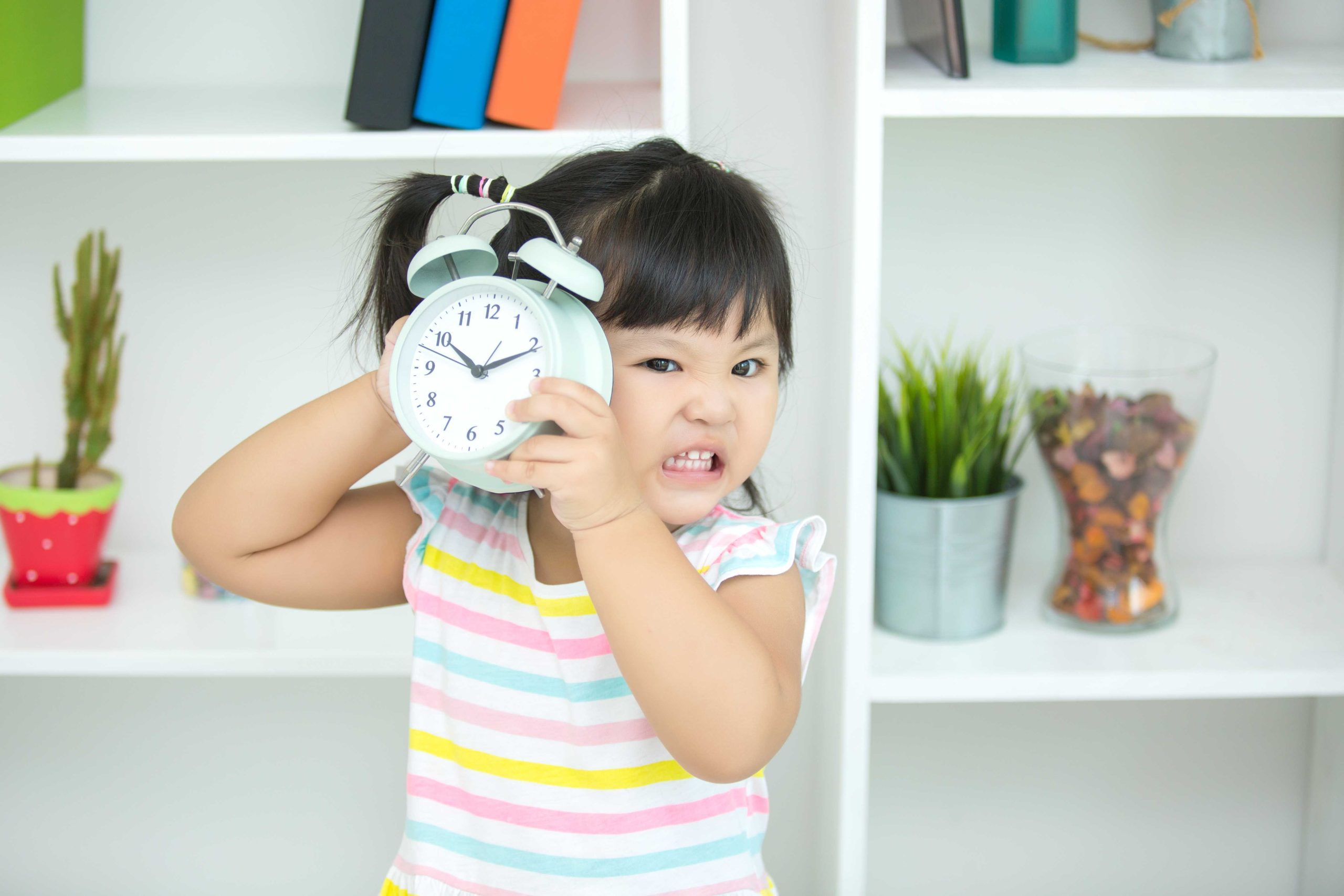
Creating a Consistent Routine: A Guide to Making a Daily Schedule for Preschoolers
As a preschool teacher, one of the most important aspects of your job is creating a consistent routine for your students. Preschoolers thrive on structure and predictability, and a well-planned daily schedule can help them feel secure, calm, and ready to learn. In this article, we’ll explore the five key steps to creating a daily schedule for preschoolers that promotes consistency and helps preschoolers feel safe and supported.
Define Your Priorities
Before you can create a daily schedule for your preschool class, it’s important to define your priorities. What are the key learning goals you want to achieve with your students? What types of activities will support their physical, social, emotional, and cognitive development? Take the time to think about what’s most important to you and your students, and use this as a foundation for your schedule.
The Benefits of a Consistent Routine for Preschoolers
A consistent routine has numerous benefits for preschoolers. It helps preschoolers feel secure and confident, improves their behavior, and helps them learn more effectively. When preschoolers have a predictable schedule, they know what to expect and feel more comfortable exploring and engaging with the world around them. A routine also helps preschoolers develop important self-regulation skills, as they learn to manage their emotions and behavior within the structure of the schedule. Finally, a consistent routine can help build strong relationships between teachers and students, as it creates a sense of trust and safety in the classroom.
Determine Your Schedule Parameters
Once you’ve defined your priorities, it’s time to determine your schedule parameters. How long will your school day be? When will you have snack time, circle time, and outdoor play? How much time will you devote to each type of activity? Consider the needs and abilities of your students, as well as any other factors that may impact your schedule, such as classroom size or available resources.
Tips for Transitioning Between Activities
Transitions between activities can be challenging for preschoolers, but there are several strategies you can use to make them smoother and more effective. First, make sure your students know what to expect during each transition. Use visual cues such as a timer or picture schedule to help preschoolers understand what comes next. Second, provide plenty of warnings before transitions occur, so that preschoolers have time to mentally prepare for the change. Finally, use positive reinforcement to reward preschoolers for successful transitions, such as giving them a sticker or high-five.
Create Your Schedule
With your priorities and parameters in mind, it’s time to create your schedule. Consider the balance of activities throughout the day, and aim to include a variety of learning experiences that support different types of development. For example, you may include free play time, structured learning activities, and outdoor exploration. Be sure to include breaks for rest and nourishment, as well as time for transitions between activities.
Ideas for Structured Learning Activities:
- Story time
- Sensory play
- Block building
- Dramatic play
Implement and Adjust Your Schedule
Once you’ve created your schedule, it’s time to implement it in your classroom. Be prepared for some trial and error as you fine-tune the schedule to meet the needs of your students. Monitor how well the schedule is working and be willing to make adjustments as needed.
Ideas for Structured Learning Activities:
- Circle time
- Art and craft
- Sensory play
- Outdoor play
Snack and Lunch Time
Finally, it’s important to plan for snack and lunch times, which are important opportunities for preschoolers to develop their social skills and independence, as well as providing necessary nutrition.
- Make sure that snacks and lunches are nutritious and balanced.
- Consider any dietary requirements or allergies that preschoolers may have, and plan accordingly.
- Encourage preschoolers to take responsibility for their own eating and drinking.
Structured Playtime
Structured playtime is an essential aspect of a preschooler’s day. It enables preschoolers to socialize and develop a sense of belonging to a community. Structured playtime activities include games, puzzles, construction toys, and role-playing activities.
Naptime
Naptime is an essential aspect of a preschooler’s daily routine. Preschoolers who don’t get enough rest can become irritable and unable to focus, which can impact their ability to learn. Therefore, it’s important to ensure that the naptime routine is well-planned and structured.
Home-to-School Transition Routine
The transition from home to school can be difficult for both parents and preschoolers. Therefore, it’s essential to create a home-to-school transition routine that helps to ease the process.
Incorporating Play and Learning Activities into the Schedule
While it is important to have a consistent routine in a preschool schedule, it is equally important to include play and learning activities. Preschoolers learn best through play, and it is important to provide them with opportunities to explore and learn in a fun and engaging way.
Creating a Positive and Safe Learning Environment
In addition to a consistent routine and play and learning activities, it is important to create a positive and safe learning environment in a preschool. A positive and safe learning environment helps preschoolers feel comfortable, engaged, and ready to learn.


